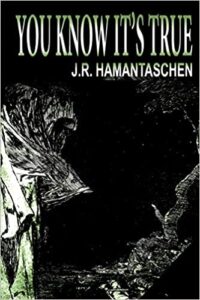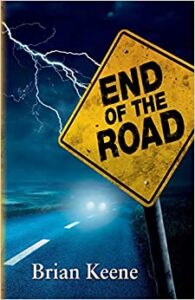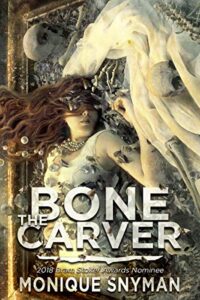You Know It’s True by J.R. Hamantaschen
Self-published, 2021
ISBN: 9798706071196
Available: Paperback, Kindle ( Amazon.com )
A more fitting title for this collection of short stories would be The World’s Absolute Weirdest Tales. These aren’t just out of left field: they leave left field, clear the Green Monster and land somewhere beyond Lansdowne St.
Readers who prefer stories that move from Point A to Point B in a straightforward fashion will find that those are in the minority, although the ones included are real barn-burners. “Short Bloom”, “Grab More Knives”, and ‘”More as a Keeper” are phenomenal, the only real letdown being that the last of them ends right when the story cranks into overdrive. “Short Bloom” features an Earth where tiny holes open anywhere on the ground at random, and a fiber-thin appendage protrudes and painfully kills any living thing. “Grab More Knives” is a brilliant and ironic look at what happens when people who justify vandalism and harassment under the guise of activism for a cause get a freight-load of payback, all due to a simple misunderstanding. It’ll make some readers cheer, and others cry. “More as a Keeper” is a look at what happens when the dead in purgatory get a chance for revenge. It’s outstanding, and these three stories alone could probably justify the purchase of the book.
The other stories are more likely to appeal to fans of non-traditional stories, as some of them feel more like in-depth sketches or portraits of an individual. The stories in this mold have a fully-developed character backstory, but then the actual story ends quickly, often with little resolve, and sometimes making no sense at all. “Sad Life” is a good example. Set at a wedding, it details a woman’s failed attempts and lack of desire for a standard relationship. It’s well-written and detailed, but then her face splits apart and the story ends. This is what you have to enjoy to really like this book– excellent buildup, but a sometimes incomprehensible ending. The stories “Night Devours My Days” and ” I Should Have Been a Pair of Ragged Claws/Scuttling Across The Floors of Silent Seas” also fall into this category. The prose is solid, but the style may not be for everyone.
The last two stories, “It’s Always Time to Go” and “Beholden to the Past” are excellent ones that combine the above two story types. “Beholden to the Past” is also notable for its unusual plot. A college student has a serious addiction to whacking off, often to live online porn. The catch? When he has an orgasm, the person he was fantasizing about and/or watching dies. It doesn’t get stranger than that, and seems a fitting final story for a very strange collection. Overall, this book has a lot to recommend it, but enjoyment will depend greatly on the reader. You Know It’s True defies categorization: there’s nothing else out there like it. Recommended for fans of unusual writing.
Contains: profanity, gore, murder, violence, sex, body horror, miscarriage, necrophilia, suicide, self-harm, and large doses of utter lunacy
Reviewed by Murray Samuelson







Follow Us!